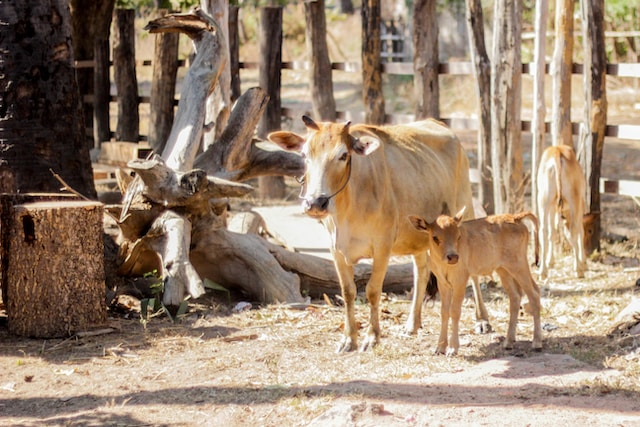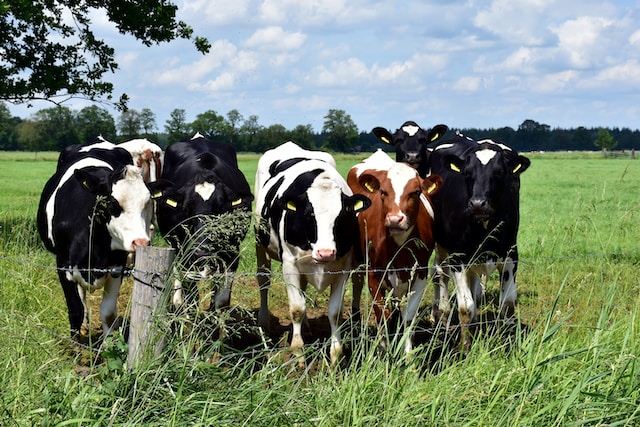Cattle breeding has been a vital part of agricultural practices for centuries. The process involves selecting the best traits in cattle and breeding them to create a new generation with improved traits. Breeders aim to produce high-quality cattle that are resistant to diseases, have good milk production, and are ideal for meat consumption. In this blog post, we’ll explore the process of cattle breeding, the different methods used, and the factors that can affect the success of the process.
Firstly, understanding the reproductive cycle of cattle is crucial to successful breeding. Cows need to be in heat to become pregnant, and this heat cycle lasts for approximately 21 days. During this time, the cow releases an egg that can be fertilized by a bull’s sperm. Breeders must keep a close eye on their cows, determine their heat cycle, and have them inseminated at the optimal time. Insemination can be done through natural breeding, where the bull is allowed to mate with the cow, or through artificial insemination, where the sperm is collected, processed, and then injected into the cow’s uterus.
Secondly, it’s essential to have a good understanding of genetics when breeding cattle. Breeding techniques aim to produce offspring with desirable traits, such as good milk production or strong meat quality. Inbreeding or the mating of closely related animals is a common practice that can lead to good or negative results. Careful selection of the sire is also vital, as it generally contributes more genetic traits to the offspring than the dam.
Thirdly, factors like feeding and environmental conditions can affect the success of breeding cattle. Good nutrition is vital for healthy reproduction, and cows must have a balanced diet with adequate levels of minerals and nutrients. Environmental factors such as temperature, humidity, and light exposure can also influence the cow’s reproductive cycle. It’s essential to create the optimal breeding conditions for cattle by ensuring their welfare and good health.
Fourthly, advanced technologies have been developed to improve the success of breeding cattle further. These include ultrasound technology, which allows the breeder to detect pregnancies early and monitor the cow’s reproductive system. In vitro fertilization (IVF) has also been adapted for use in cattle breeding, where eggs are collected from a cow, fertilized in a laboratory, and then implanted into a surrogate.
Fifthly, the success of cattle breeding can also be measured through the offspring’s quality. Through a process known as progeny testing, breeders can identify which bulls have superior genetic traits that can be passed on to future generations. This helps ensure that the offspring will have the desired qualities.
Breeding cattle is a significant agricultural practice that requires careful planning and management. Understanding the reproductive cycle, genetics, nutrition, and the use of advanced technologies all play a vital role in successful breeding. The process aims to produce high-quality cattle that are resistant to diseases, have good milk production, and are ideal for meat consumption. With the continued advancements in technology, we can expect to see further improvements in cattle breeding in the future.



